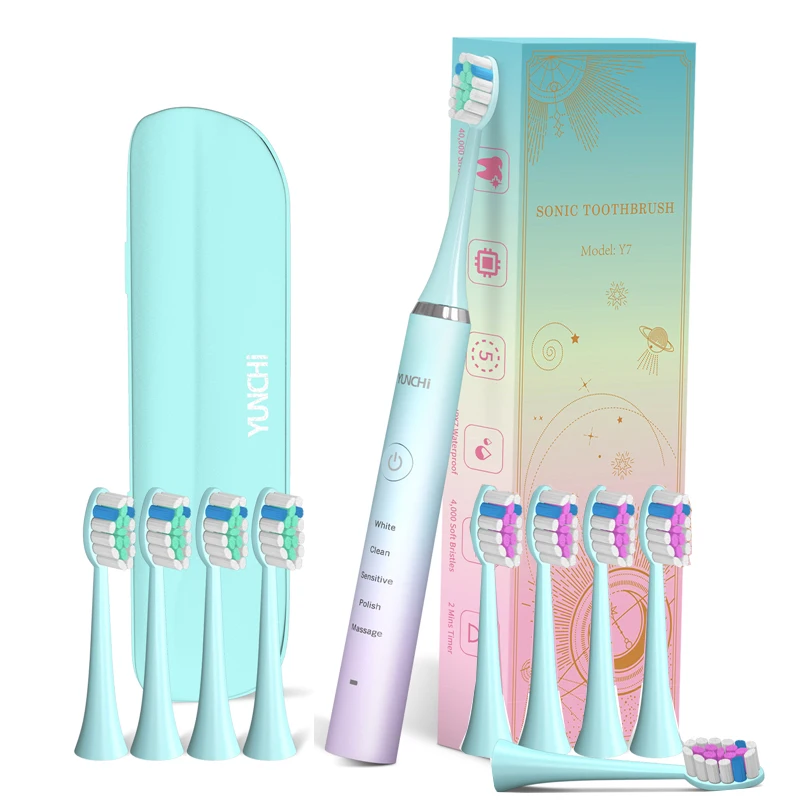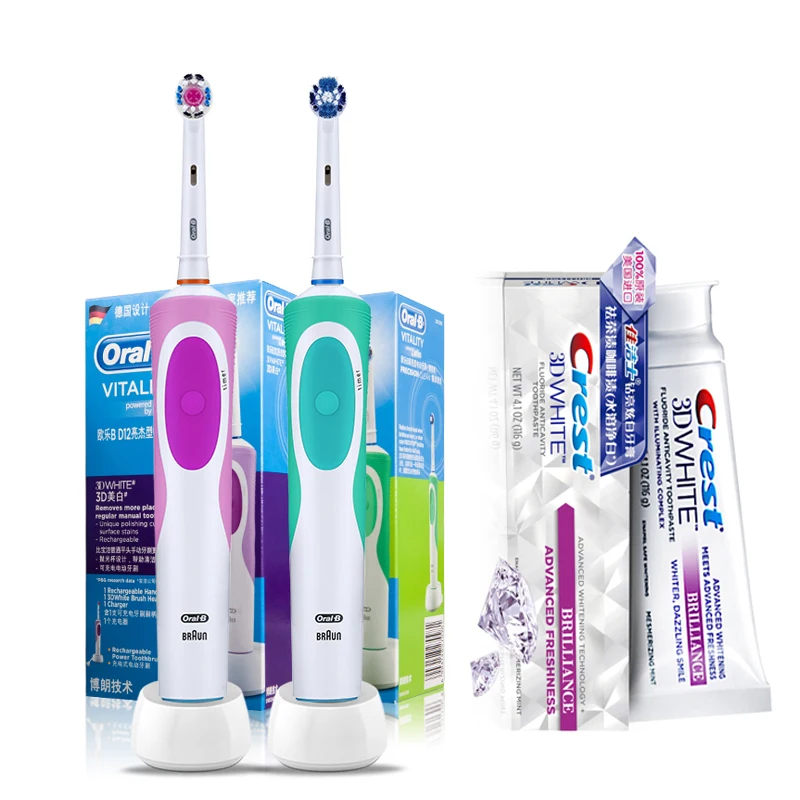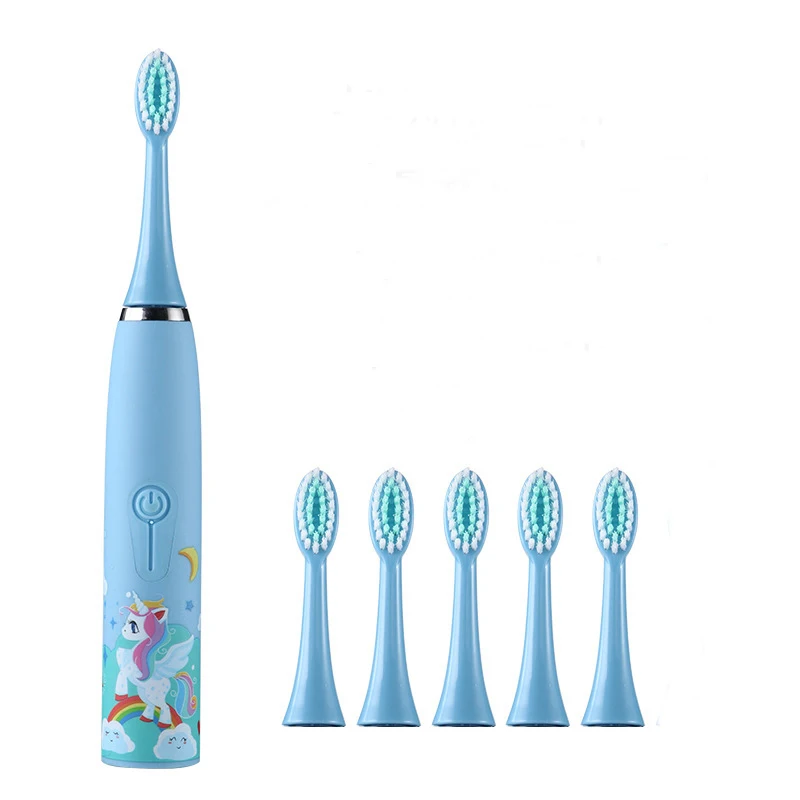Introduction to Toothbrush Choices
When considering toothbrush options, you face a classic decision: electric or manual? It’s not just about personal preference. Research and functionality play significant roles in this choice. Both types have their distinct advantages and challenges. They’re designed with one goal: to maintain oral hygiene effectively.

Choosing the right toothbrush is crucial for dental health. The American Dental Association acknowledges that both electric and manual toothbrushes can be effective. However, understanding the differences and benefits is essential. An electric toothbrush might have advanced features. A manual one offers simplicity and control.
Cost is another factor to consider. An electric toothbrush can be an investment in oral health. But for others, manual brushes are more practical. They’re more accessible financially and in terms of availability.
For those struggling with mobility or orthodontic devices, an electric toothbrush might be advantageous. Children might find electric toothbrushes more engaging, encouraging better oral care habits. On the other hand, manual brushes can be just as effective if used with the correct technique.
In the sections that follow, we’ll dive into the science of toothbrush efficacy. We shall compare the pros and cons of electric toothbrushes versus manual ones. We’ll explore factors to consider when choosing a toothbrush. And we’ll offer oral care tips and best practices to enhance your brushing routine.
Ultimately, the best toothbrush is the one that you’ll use consistently and correctly. Whether you go electric or stay manual, your oral health is the primary concern. Let’s explore the options and find the best fit for your teeth.
The Science of Toothbrush Efficacy
Understanding the science behind toothbrush efficacy can guide our choices. Let’s look at what research tells us about electric and manual toothbrushes.
Studies on Electric vs. Manual Toothbrushes
Numerous studies have compared electric and manual toothbrushes. Their goal is to determine which is better at removing plaque and improving gum health. One key study shows that electric toothbrushes may be more effective at reducing plaque and gingivitis. Over three months, users of electric toothbrushes had a 21 percent decrease in plaque and an 11 percent reduction in gingivitis.
These studies reveal that, for some, electric toothbrushes enhance oral health better than manual ones. Electric toothbrushes offer more brush movements per stroke, which may lead to more thorough cleaning. They also often come with timers to ensure users brush for the full two minutes that dentists recommend.
However, it’s important to note that manual toothbrushes can be just as effective when used properly. Brushing technique and consistency are crucial, regardless of toothbrush type. For individuals who are diligent with their brushing habits, a manual toothbrush may work just as well.
In summary, multiple factors play into the effectiveness of toothbrushes. User habits, brushing technique, and specific oral health needs all matter. Discussing with a dentist can help clarify which type may be best for you.
Pros and Cons of Electric Toothbrushes
Navigating through the maze of toothbrush options, it’s crucial to weigh the benefits and drawbacks of electric variants.
Benefits of Using an Electric Toothbrush
Electric toothbrushes are known for their efficiency in plaque removal and gum health. Here are some notable advantages:
- More effective at plaque removal: Studies suggest a 21% reduction in plaque and 11% decrease in gingivitis after three months of use.
- Ease of use for those with limited mobility: Beneficial for individuals with arthritis or similar conditions.
- Timers ensure proper brushing duration: Built-in timers guide users to brush for the dentist-recommended two minutes.
- Less waste with replaceable heads: Only the head needs replacement, not the whole brush.
- May enhance focus and oral health: Some find electric toothbrushes more engaging, potentially improving brushing quality.
Drawbacks and Costs of Electric Toothbrushes
While they have their perks, electric toothbrushes also come with some downsides:
- Higher initial cost: Ranging from $15 to $250, plus the ongoing cost of replacement heads.
- Availability of replacement heads: Finding the right type might not be easy or convenient.
- Not as travel-friendly: Bulkier and sometimes in need of specific charging setups.
- Less eco-friendly: Since they require electricity or batteries, they have a larger environmental footprint.
- Can be messy: The vibration may cause an increase in saliva movement, leading to a messier brushing experience.
 Advantages of Sticking with a Manual Toothbrush
Advantages of Sticking with a Manual Toothbrush
Choosing a manual toothbrush comes with its own set of benefits. Here we delve into why some might prefer the classic approach to oral care.
Accessibility and Affordability
Manual toothbrushes are well-loved for their convenience and cost-effectiveness.
- Easy to find: You can buy them at any small store to big-box retailer, anywhere at any time.
- Budget-friendly: Prices often range from around $1 to $3, making them a smart economical choice.
- No need for power: Without the need for batteries or charging, they’re hassle-free and ready to use.
- Travel simplicity: They’re light and easy to pack, with no worries about adapters or charging stations.
Considerations for Manual Toothbrush Use
Manual toothbrushes work well when used with proper technique.
- Control your pressure: It’s easier to feel how hard you’re brushing and avoid damaging your gums.
- Brush all areas: You can easily reach all parts of your mouth with a familiar brushing motion.
- No reliance on technology: For those who find electric toothbrushes too complex, manual ones keep it simple.
- Sensory preferences: Some people don’t like the vibratory sensation of electric brushes.
Using a manual toothbrush effectively means establishing good brushing habits and paying attention to technique. Pairing it with a solid routine of flossing and regular dental check-ups can ensure optimal dental health, without the bells and whistles of technological advancements. Whether you choose manual out of preference, necessity, or simplicity, it’s a solid choice for maintaining your smile.
Factors to Consider When Choosing a Toothbrush
When you pick a toothbrush, consider head size and bristle softness. You also want to look at extra features and tech aspects.
Toothbrush Head Size and Bristle Softness
Toothbrush head size matters for reaching different mouth areas. Smaller heads can get to hard-to-reach spots better. For bristle softness, soft bristles are best. They’re gentle on gums and teeth. The American Dental Association recommends them.
Choose a brush that feels comfortable in your hand and mouth. It should easily clean all tooth surfaces. Change your toothbrush or brush head every three to four months. It’s important for maintaining effectiveness and hygiene.
Additional Features and Technology
Some toothbrushes have extra features like timers and pressure sensors. These can improve how well you brush your teeth. Electric toothbrushes often have these built in. They can help you brush for the right amount of time. They also prevent you from brushing too hard.
However, fancy features aren’t always necessary. Pick what you will use regularly. A simple manual toothbrush can work great if you use it right. Think about these factors and your needs before making a choice.
Oral Care Tips and Best Practices
Good oral care is more than just choosing the right toothbrush. It’s about the right habits and techniques.
Proper Brushing Techniques and Habits
Here are some essential tips for effective brushing:
- Position the toothbrush at a 45-degree angle to your gums.
- Use short, gentle strokes to clean your teeth and gum line.
- Brush for at least two minutes, twice a day.
- Focus on all tooth surfaces, including the inner and outer sides.
- Don’t forget to brush your tongue to remove bacteria and freshen breath.
- Replace your toothbrush every three to four months, or sooner if bristles are frayed.
Sticking to these habits will help keep your teeth clean and your gums healthy.
The Importance of Regular Toothbrush Replacement
Toothbrushes wear out over time. Old ones can harm your teeth and gums. Here’s what to remember:
- Change your brush or brush head every three to four months.
- Get a new brush after being sick to avoid re-infection.
- Look for frayed bristles as a sign it’s time for a new toothbrush.
Regular replacement is key for effective cleaning and oral health.
By keeping these tips in mind, you can enhance your oral care routine, no matter what type of toothbrush you choose.
 Final Thoughts on Making the Right Choice
Final Thoughts on Making the Right Choice
Choosing between electric and manual toothbrushes depends on your requirements and preferences. Considering the evidence, electric toothbrushes have advantages for certain individuals. Yet, manual toothbrushes can perform just as well with the right technique.
Recommendations for Specific Needs
Those with braces or limited mobility might benefit more from an electric toothbrush. Kids and users who struggle with thorough cleaning could also find electric versions helpful. If budget or simplicity is key for you, a manual toothbrush will do the job.
For the elderly or anyone with cognitive challenges, automatic features of electric toothbrushes provide ease and efficiency. Travelers or eco-conscious users might lean towards manual toothbrushes for their portability and lower environmental impact.
The Bottom Line on Toothbrush Selection
Ultimately, the best toothbrush is the one you will use correctly and regularly. Electric toothbrushes offer benefits but cost more. Manual toothbrushes are affordable and widely available. Discuss with your dentist, consider your habits, and make a choice that supports your oral health.